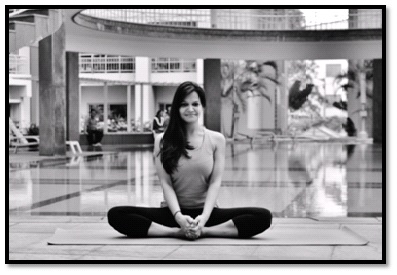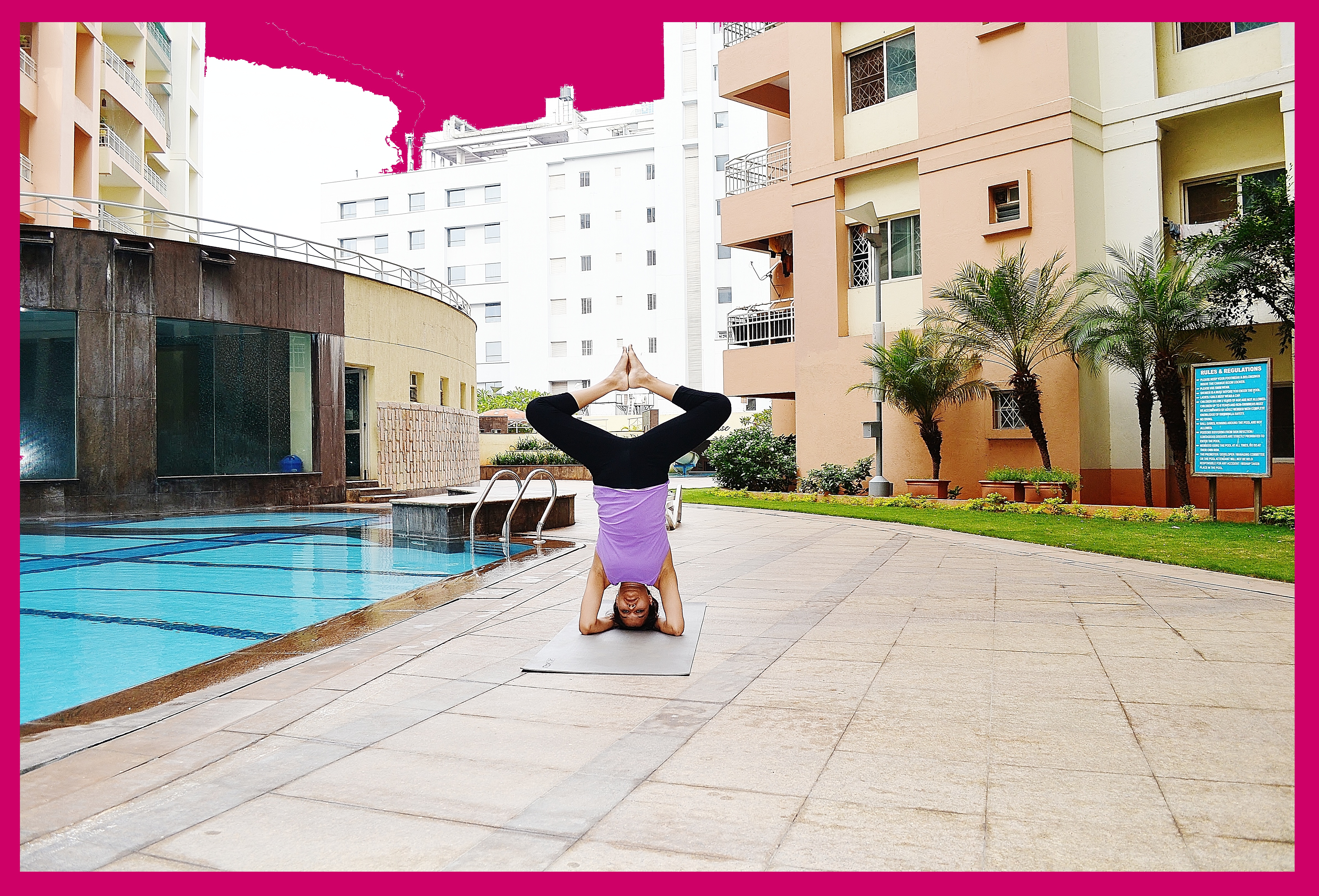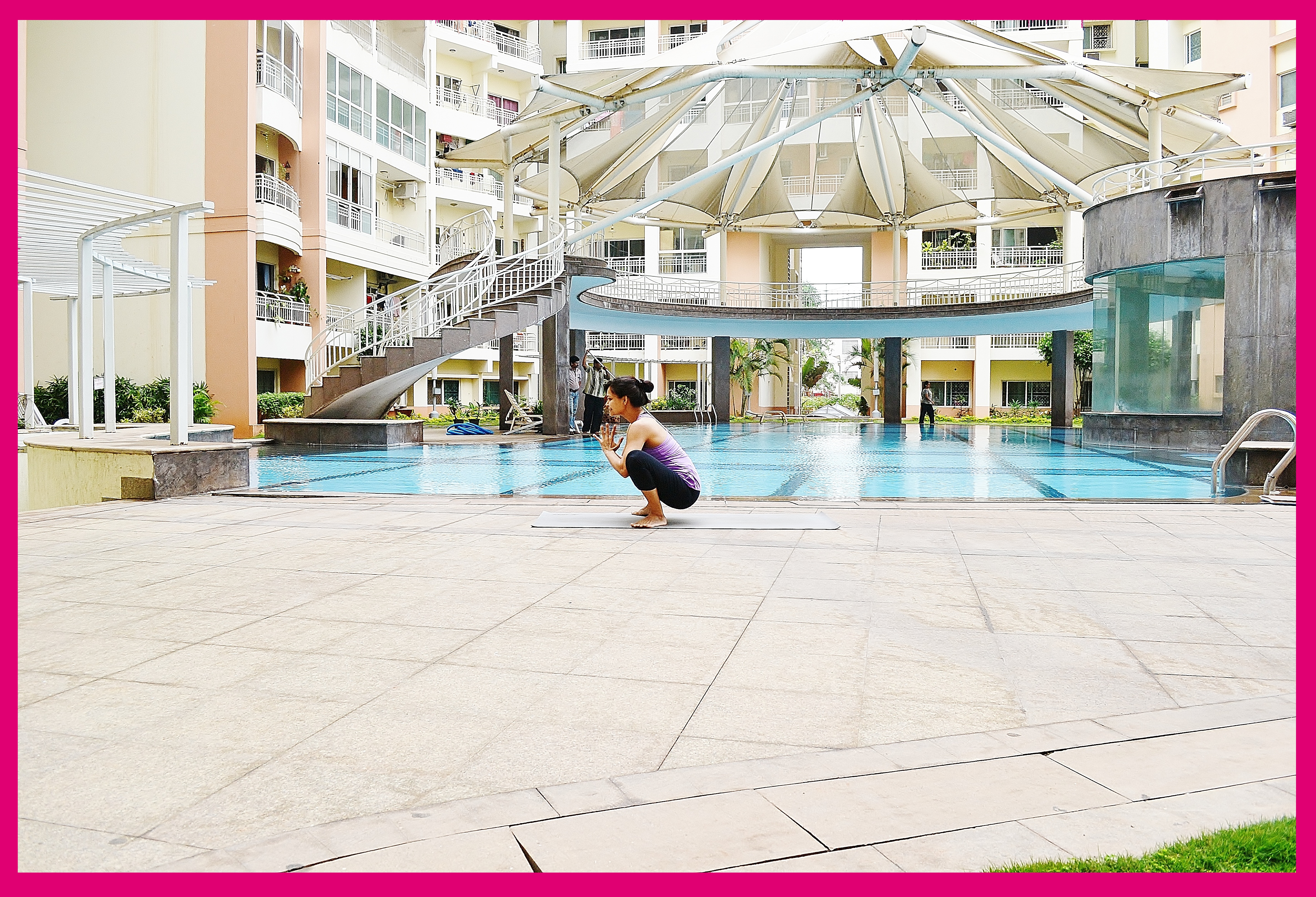A couple of weeks ago I had a student in Supta Baddhakonasana. That’s Lying Down Bound Fixed Angle Pose, a supine variation of a pose popularly called the ‘Butterfly Pose’.
As the relaxation came to a close, I gave the instruction to keep the eyes closed and to come out of the pose in the easiest and most comfortable way possible.
The student started to undo the belt binding his legs in the pose. He realized that he couldn’t reach far enough to actually undo the belt easily. He started to reach around and fumble with the belt a bit more. All the effort made him want to open his eyes, but he wasn’t going to not follow the instructions. Finally he managed to twist and turn enough to grab a hold of the buckle and wrest the belt off. Once done he sat upright and relaxed his tightly closed lids. Hmmmm….
Sometimes a student’s behaviour on the mat is highly indicative of his/her approach to real life. Does a student twitch and move a lot when relaxing? Post Savasana do they quickly jump up and run out to meet the rest of their day? Do they fall asleep during relaxation? In this case, the student had to complete his relaxation and face the real world. One which, at that point, literally had him up in knots.
When faced with sticky, frustrating, tight, claustrophobic, rigid etc situations, our first reaction is to fight for dear life. So we close our eyes tightly and twist and turn and try to grab that which we feel is smothering us and wrench it away from us. However, if you breathe deeply and instead of struggling, you work on accepting that you are in a bind (in this case quite literally), then you may have an easier time getting out of the unpleasant situation.
Someone once told me that you can consider roadblocks to be either problems or constraints. You can choose to dwell on your problems and try to (unsuccessfully) wish them away. Or you could think about how you can carry on with your life’s work with the existing constraints. I believe that changing your perception is all it takes to change your life, and this forms a huge part of that philosophy. So next time you’re in a conundrum, think, do you want this to be a problem, or do you want it to be a constraint.

![IMG-20150209-WA0016[1]](https://yogawithpragya.com/wp-content/uploads/2015/02/img-20150209-wa00161-1.jpg?w=300)
![IMG-20150209-WA0003[1]](https://yogawithpragya.com/wp-content/uploads/2015/02/img-20150209-wa00031-1.jpg?w=300)
![IMG-20150209-WA0005[1]](https://yogawithpragya.com/wp-content/uploads/2015/02/img-20150209-wa00051-1.jpg?w=300)
![2015-02-03 13.47.14[1]](https://yogawithpragya.com/wp-content/uploads/2015/02/2015-02-03-13-47-141-1.jpg?w=300)
![2015-02-03 13.36.53[1]](https://yogawithpragya.com/wp-content/uploads/2015/02/2015-02-03-13-36-531-1.jpg?w=300)
![2015-02-03 13.38.31[1]](https://yogawithpragya.com/wp-content/uploads/2015/02/2015-02-03-13-38-311-1.jpg?w=300)
![2015-02-03 13.40.17[1]](https://yogawithpragya.com/wp-content/uploads/2015/02/2015-02-03-13-40-171-1.jpg?w=300)
![2015-02-03 13.45.16[1]](https://yogawithpragya.com/wp-content/uploads/2015/02/2015-02-03-13-45-161-1.jpg?w=300)
![2015-02-03 13.43.55[1]](https://yogawithpragya.com/wp-content/uploads/2015/02/2015-02-03-13-43-551-1.jpg?w=300)


![IMG_20141026_122003[1]](https://yogawithpragya.com/wp-content/uploads/2015/01/img_20141026_1220031-1.jpg?w=225)
![IMG_20141231_160302[1]](https://yogawithpragya.com/wp-content/uploads/2015/01/img_20141231_1603021-1.jpg?w=293)
![IMG_20141030_223059[1]](https://yogawithpragya.com/wp-content/uploads/2015/01/img_20141030_2230591-1.jpg?w=225)





